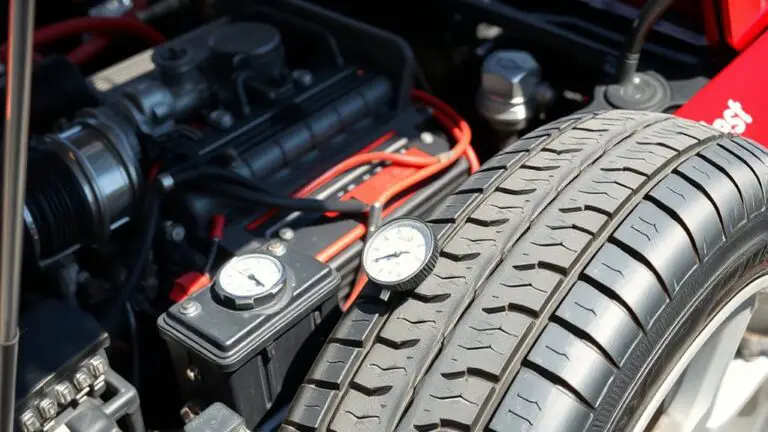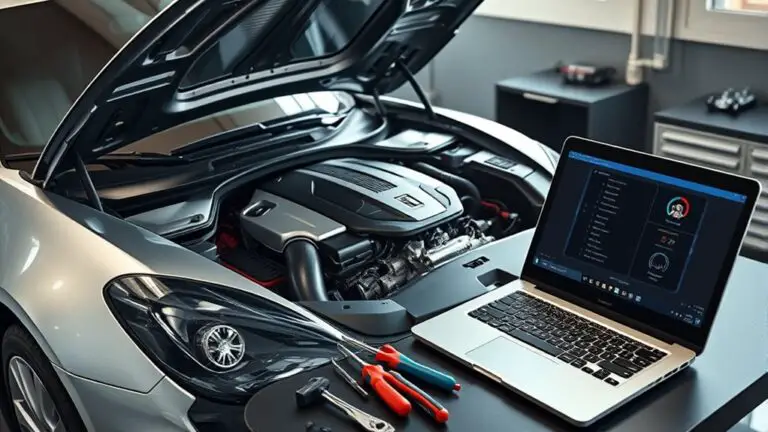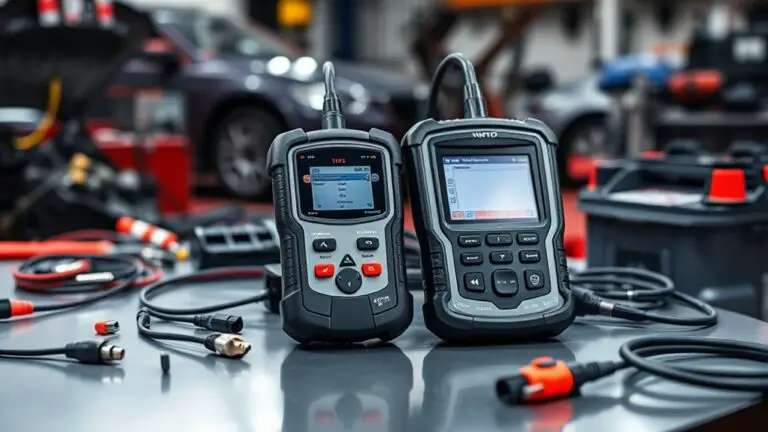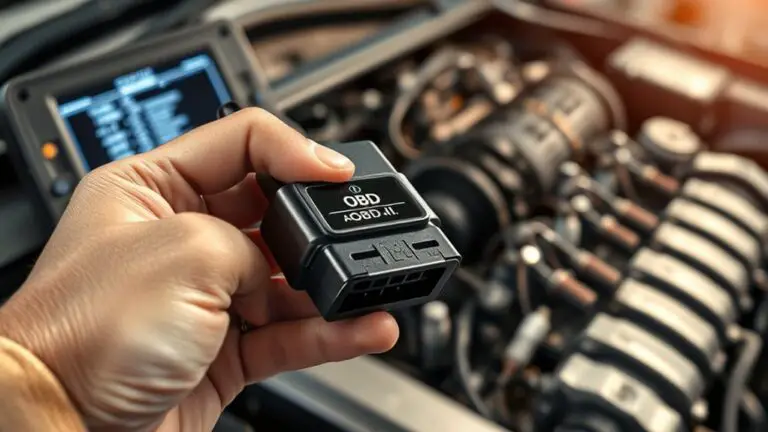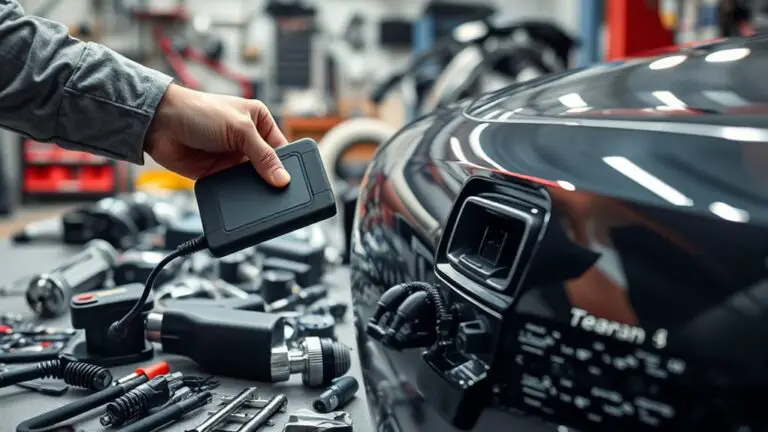Top 10 Preventive Checks Before Long Road Trips
Top 10 preventive checks before long road trips cover: pre-trip tire inspection and pressure, brake system check and pad wear, fluid levels and condition, battery and charging system, lights and visibility, air filter and HVAC, alignment, suspension, and steering, emergency kit and safety gear, and cleaning, comfort, and cargo planning. You’ll verify tread depth, tire…

